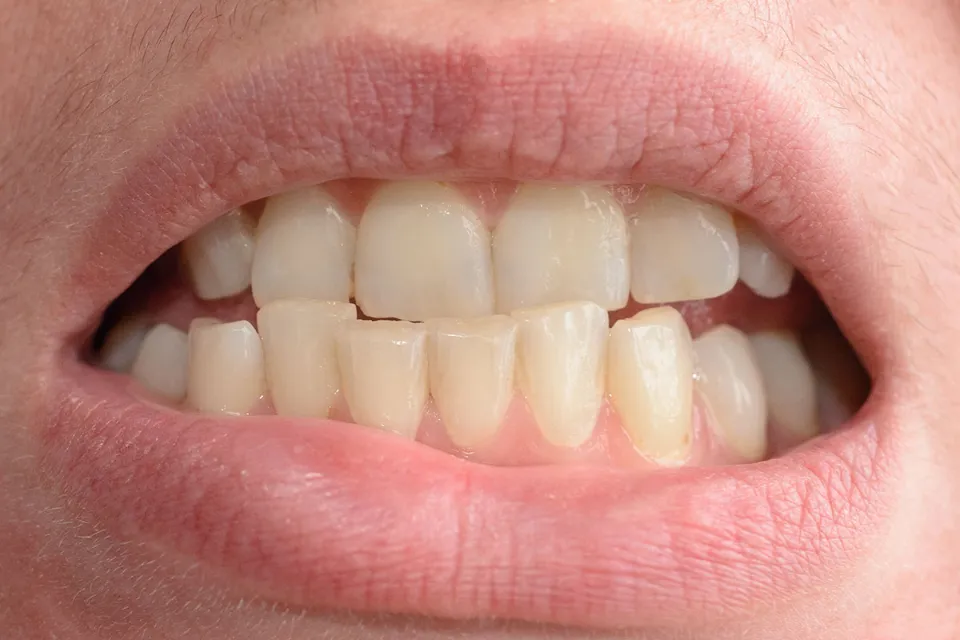
Why Do My Teeth Shift After Braces – How to Fix It?
Has there ever been a time when you felt more relief than when your braces were taken off? If you have, you can appreciate the surprise someone feels when they discover their teeth have moved after braces.
Thanks to our simple ability, we can stop your teeth. A retainer keeps the teeth in the proper alignment while the bone and gums heal and realign themselves.
In this article, we’ll give you advice on how to safeguard your smile and explain how Impressions can help you improve your appearance and regain your self-confidence.
Why Do Your Teeth Shift After Braces?
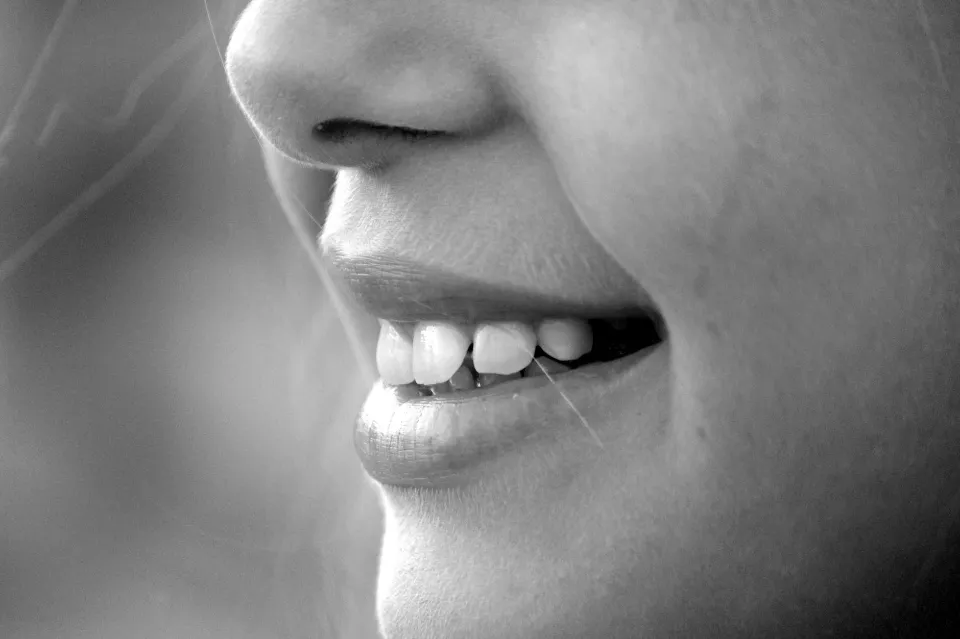
Even if you stopped wearing braces years ago and your teeth continued to be straight, as you age, your teeth may start to shift. Furthermore, teeth shifting can result from teeth grinding while you sleep. With a mouthpiece, you can certainly lessen the harm caused by teeth grinding, but you can’t completely eliminate the causes of shifting teeth because your genes can also influence your smile. Although your teeth are designed to withstand pressure, if you apply too much of it, they will attempt to find relief by shifting into a more cozy (and arguably less noticeable) position.
Read More: How Do Braces Work
How Do You Fix Shifted Teeth After Braces?
Everything depends on how far the teeth have moved. When retainers are not worn as prescribed by their orthodontist, patients may notice a slight shift in their teeth.
If a patient forgets one or two nights (they should only be worn at night), the retainers might feel a little tight the following time they are worn. The retainer must be worn continuously for 24 hours, with only breaks for eating, drinking, and brushing. The patient can put them back on at night once the feeling of tightness has subsided.
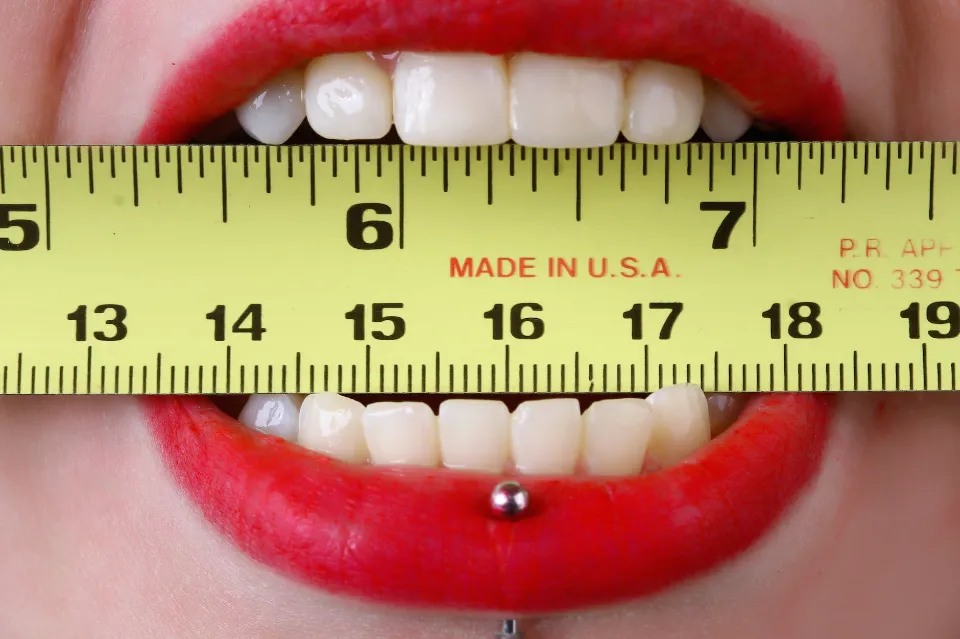
In order to prevent teeth from shifting, retainers are used. Therefore, patients should schedule an appointment with their orthodontist if their teeth have significantly moved and their retainers are not fitting properly.
It is best to seek advice from an orthodontist and go over your options because wearing a retainer that is poorly fitted can harm your teeth and gums.
A small percentage of people who had braces but didn’t wear their retainers for the recommended amount of time choose to have Invisalign or braces again. They want to regain the picture-perfect smile they once had because they dislike the way their crooked or crowded teeth look.
Tips for Preventing Your Teeth from Moving
Keep in mind that after getting rid of your braces, you are still responsible for maintaining your smile. The war is your lifelong smile, and you’ll need reinforcements to truly win it. Getting through braces is a battle. Therefore, it’s essential that individuals follow these three tips to prevent their teeth from shifting after braces:
Follow the Rules of Your Retainer
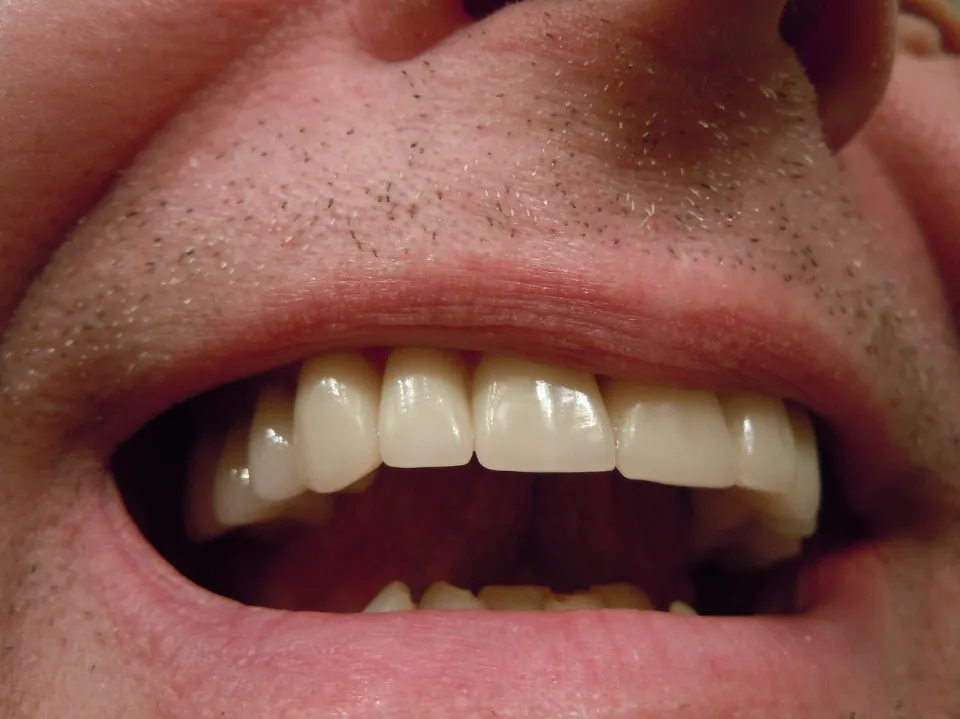
You should wear a retainer on a regular basis to stop your teeth from moving after your braces are taken off. Wear molded plastic retainers to stop any further shifting while your regular retainers are being made. You should always wear your retainer to keep your smile prepared for the next photo opportunity, unless you’re eating or brushing your teeth.
Raise the Alarm When Teeth Start to Shift
When you start to feel something off about your smile, there’s no need to hesitate. You never know how your teeth will act once the braces are removed; this isn’t to say that they have minds of their own in the literal sense. For example, your teeth may become more closely spaced as wisdom teeth erupt. Your retainer might gradually shift if you didn’t adhere to its rules, leading to an incorrect fit. Warping of removable retainers is a possibility, and permanent retainers must be maintained to prevent shifting. It’s critical that you call your dentist or orthodontist as soon as you notice a problem, regardless of the cause.
Prove Your Commitment to Your Smile
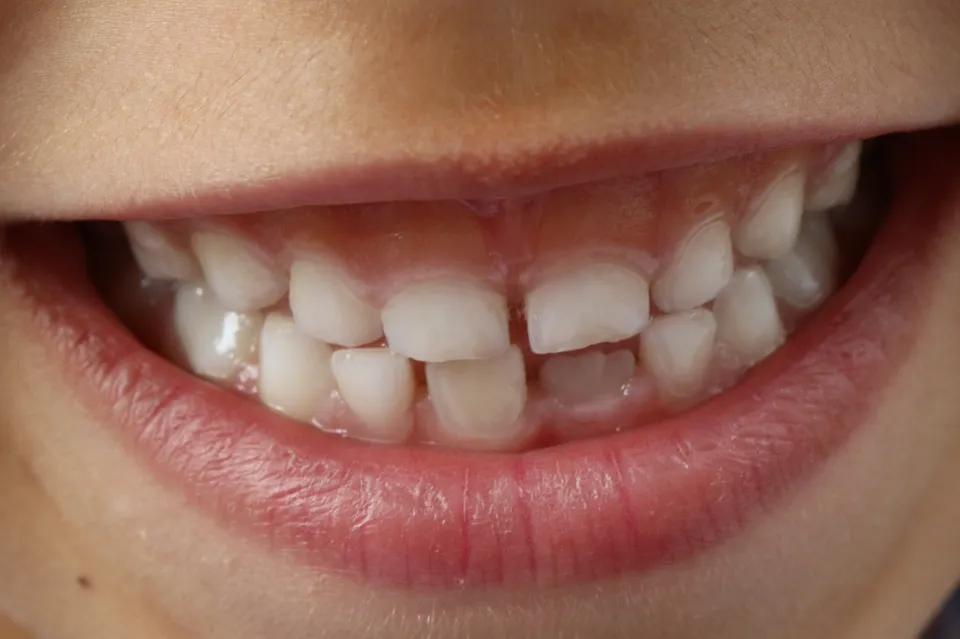
You have a responsibility to all 32 of your teeth because your smile is only as good as its individual components. That entails flossing, brushing your teeth for two minutes at least twice daily, and taking proactive measures to stop tooth decay. The other teeth around a tooth that is decayed may shift as a result of the tooth’s altered shape. In order to make sure your smile is holding strong and your retainer is functioning properly, you should try to visit your dental hygienist frequently for the first six months after getting rid of your braces.
Can You Straighten Your Teeth With Your Retainer?
It makes sense that when you notice your teeth moving, you might experience a brief panic. You might feel like you can “fix the damage” by using an old retainer. Unambiguously, a retainer’s ability to straighten your teeth depends on how well it fits. In other words, if teeth have moved and you try to wear a retainer that doesn’t fit properly, you risk further harming your teeth. It’s a serious situation, but you still have options, including one that will stop your orthodontic relapse for good and make you look great whenever you smile.
What to Do If Your Teeth Move After Braces
Make an appointment with us if your teeth have moved since receiving braces or Invisalign treatment. You have lots of options to keep your teeth straight and gorgeous as you age. A discrete alternative to metal and ceramic braces for straightening teeth, Invisalign has been shown to be equally effective.
Key Takeaways
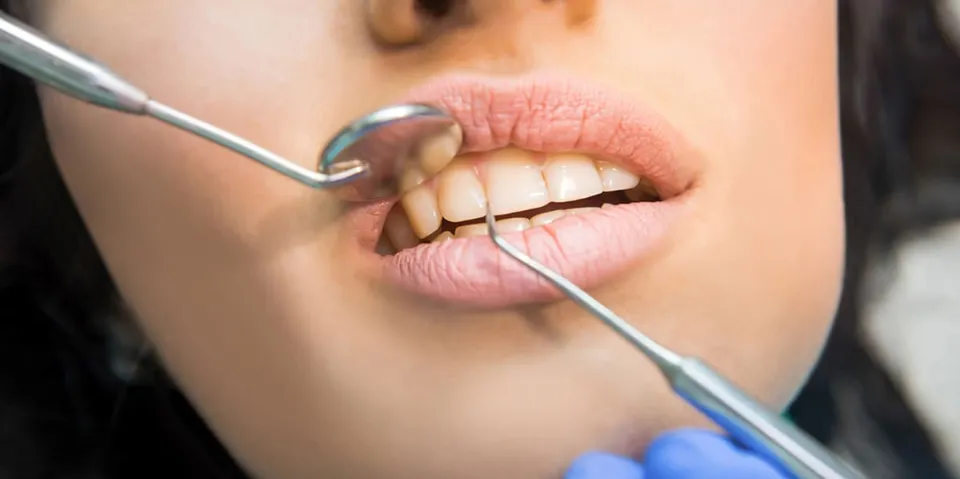
Inconspicuous changes or significant movement that may need the attention of a dentist or orthodontist can result from teeth shifting after dental procedures and throughout your life.
After getting your braces off, wearing a retainer regularly is frequently one way to reduce shifting. The second crucial step is to keep up good oral hygiene.
A regular dental checkup will help you address any changes in your bite or smile sooner rather than later.
FAQs
Is It Normal for Teeth to Shift Back After Braces?
However, you might find that your teeth start to shift position over time. Orthodontic relapse is the shifting of teeth after braces. Your teeth will likely shift slightly after your orthodontic treatment is over, which can be annoying.
How Much Does It Cost to Fix Shifted Teeth After Braces?
An orthodontist may be able to use a specially made retainer for $500 to $2,500 depending on the complexity and length of treatment to correct a minor overbite or if the patient has previously had braces but there has been some minor shifting of the teeth.
Will Wearing Retainer Again Fix Teeth?
No, because retainers are made and fitted at the end of your treatment, they help keep your teeth straight but don’t add more straightening to fill in gaps. Make sure to ask your orthodontist about the best treatment options if you have concerns about gaps in your teeth. (Read More: Can Braces Fix Gaps in Teeth)





Average Rating